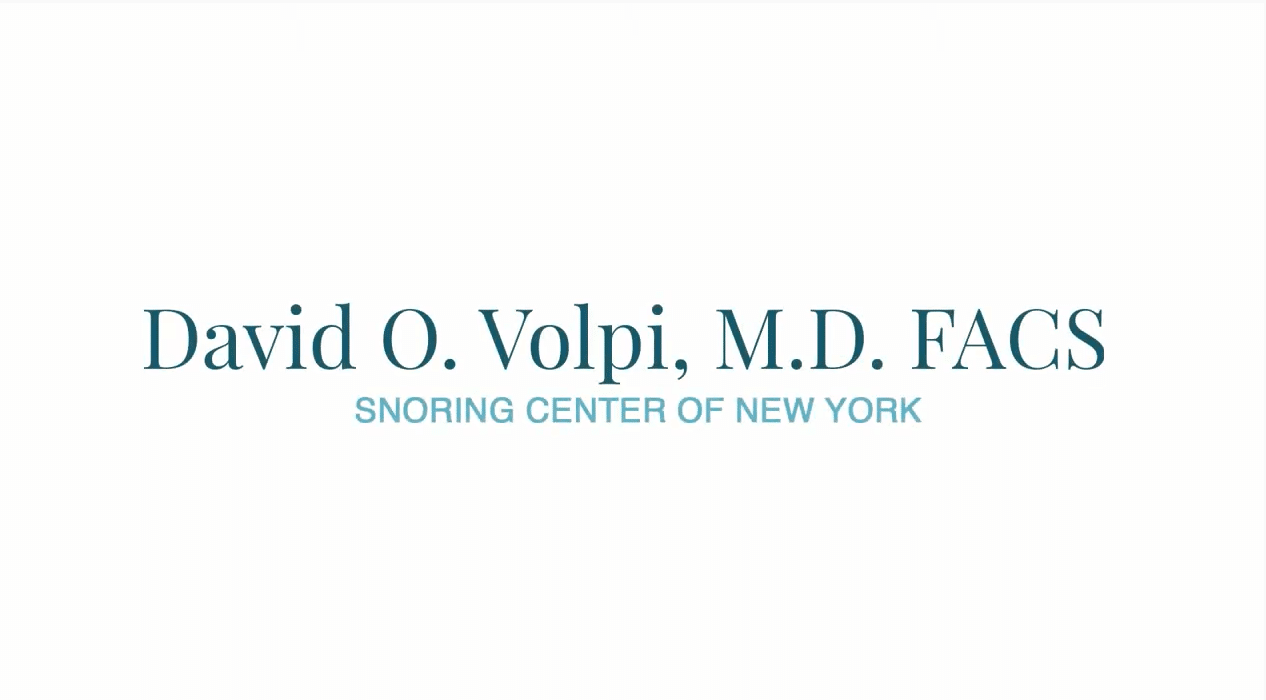
What is septoplasty?
Septoplasty is a surgical treatment for deviated septum, which corrects damage or deformities to the septum (the portion of cartilage that separates the nostrils). While a minor deviation in the septum is common and does not cause serious health issues, if the deviation is severe, it can cause nasal obstruction and affect breathing quality. A severely deviated septum can also cause insufficient nasal drainage from the sinuses. Either of these side effects are serious health concerns, and require treatment from an experienced ear, nose and throat doctor.
Why is septoplasty performed?
Septoplasty surgery is usually performed to help relieve nasal obstruction that is impeding airflow. It may also be performed in addition to other surgical procedures, including polypectomy or sinus surgery, which also aim to increase the size of the nasal passageway
What does septoplasty involve?
Deviated septum surgery is done as an outpatient procedure, and doctors generally use an anesthetic to keep patients comfortable during the deviated septum repair. During the procedure, an experienced New York ENT physician will straighten the septum and reposition the cartilage to the center of the nose. Septoplasty may involve removing certain parts of the septum, which can aid in reshaping the area.
After the area has been completely reshaped, your doctor will close up the area using stitches and usually small pieces of cotton are placed around the area to catch any discharge or bleeding during the healing process.
What are the advantages of having septoplasty?
Immediately after the septoplasty procedure, patients experience initial swelling and stuffy nose. However, within a few weeks, most patients report a substantial improvement in nasal airflow. After the septoplasty procedure, you can expect the following:
- Improved breathing– Due to the opening up of the nasal passages, the overall breathing function is greatly improved.
- Restored senses – Some patients lose their sense of taste or smell as a result of the nasal blockage. Once the airway is working properly, these senses are usually completely restored.
- Improved sleep health – When the septum is in the proper shape, allowing maximum airflow, patients are less likely to suffer from lowered sleep quality from snoring or obstructive sleep apnea (OSA).
- Decreased occurrence of sinus infections, nosebleeds, or headaches– Widening the nasal passageway ensures proper drainage of the sinuses, which reduces stuffiness and pressure headaches.
How Long Does A Septoplasty Procedure Take?
Although Dr. Volpi does not need to break the nose in septoplasty procedures, there is variability based on the patient’s individual circumstances. Sometimes parts of the bone and cartilage are removed, then reshaped and repositioned. The mucus membrane is lifted and then replaced.
These procedures can take from 30 to 90 minutes.
Who Is A Good Candidate To Have A Septoplasty?
There are basically two reasons a person could benefit from septoplasty: congenital problems with the septum or trauma to the nose. Congenital defects may occur during development or sometimes when the baby is passing through the birth canal.
Traumatic injuries can be sudden or cumulative. Obviously, if your nose hits the steering wheel in a car accident, your nose is instantly reshaped. In other cases, such as sports where there is repeated contact with the nose (boxing or wrestling, for instance), or even ball sports where the nose is repeatedly impacted over time, the septum gradually becomes displaced.
Minor deviations don’t necessarily need a septoplasty, as they may not interfere with breathing. At New York ENT, Dr. Volpi can use a scope to check the deeper tissues of the nose to be sure airflow is not impeded.
Problematic deviation, however, can reduce airflow through the nose. Plus, the additional exposure of a deviated septum to the drying effect of airflow through the nose can make that side of the nose crust and make it prone to bleeding. Septoplasty can repair the septum and return normal airflow.
What Is Recovery Like After Septoplasty?
The important thing during your recovery will be to keep your nose from receiving any contact. You won’t be able to blow your nose, and you should wear clothes that button in the front rather than pull over your head. Keeping blood pressure down through your face is important, so strenuous activities such as running or hard aerobic activity need to wait for a few weeks. Increasing blood pressure could cause your incision to bleed.
You’ll have some minor pain and swelling for a day or two but swelling with this surgery doesn’t linger (unlike cosmetic nose surgery). Silicone splints will provide support inside your nostrils. You’ll need to sleep with your head elevated for a few days. Full recovery and stability of your tissues can take up to one year, but they should be relatively stable somewhere between 3-6 months.
Are The Results From My Septoplasty Permanent?
Yes, the changes made by Dr. Volpi are permanent. The improvements in airflow and your increased capacity when exercising will be noticeable and enduring. The only way these changes would not be permanent would be if you don’t follow our recovery instructions and fail to allow your nose to completely heal before engaging in certain forms of exercise or other activity. Of course, trauma to the nose could also negate your results.
What Do I Need To Do To Prepare For A Septoplasty?
These are surgical procedures at New York ENT, so they’ll entail the same preparations as with any surgery. Patients need to stop taking blood thinners, anti-inflammatory medications, aspirin, and most herbal supplements for a few days prior to their septoplasty. That’s about it, unless Dr. Volpi feels your procedure will require general anesthesia, where you would then have eating restrictions prior to your surgery.
Any preparation is mostly for recovery. You’ll need to sleep with your head elevated for a few days, and you’ll need to think through your clothing choices because you won’t want to pull anything over your head due to the risk of bumping your nose. Lifting heavy objects needs to be avoided for a couple weeks, as you don’t want to bend over and raise the blood pressure to your face. You’ll want to miss at least a couple days of work, so make plans for that.
What Are The Risks Involved With Septoplasty?
Because there is minimal tissue trauma with this procedure, complications are rare. The training and extensive experience of Dr. Volpi, a board-certified otolaryngologist, plays a role in the minimal risk with these surgeries.
Continued bleeding is possible. The septum can be perforated. Your sense of smell can be decreased, although this is unusual. The main risk is that the procedure doesn’t improve your breathing to the degree you had hoped. If this is the case, some patients may opt for a revision septoplasty for further refinement.
Contact us Today
If you are suffering from a deviated septum and believe you may need a septoplasty, the first step towards feeling better is to schedule an evaluation with an experienced ear, nose and throat doctor. Board certified physicians with New York ENT have extensive experience diagnosing and treating a wide variety of nasal conditions. Fill out the form on this page or call our office at 212-873-6036 to schedule an appointment today.



